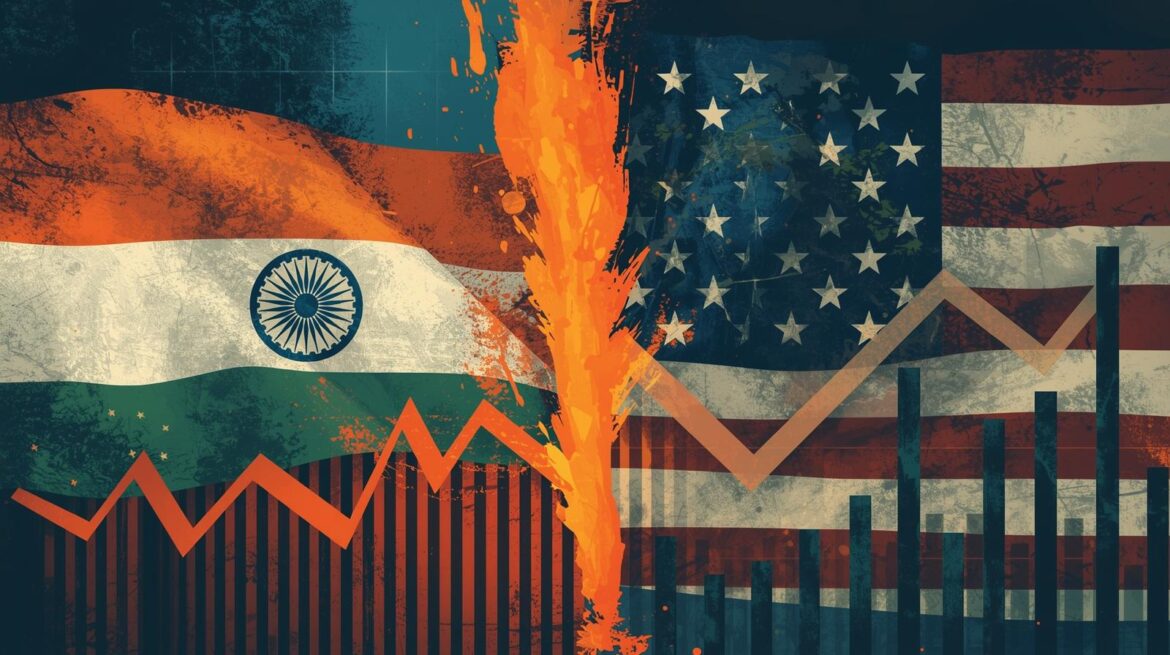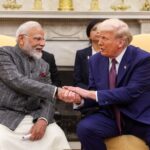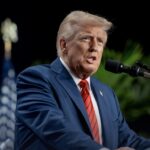A U.S. court ruling against Donald Trump’s sweeping tariffs has rekindled hope among global exporters that their access to the world’s largest consumer market may soon improve, as the battle shifts to the Supreme Court in October.
The U.S. Court of Appeals for the Federal Circuit, in a 7–4 decision on Aug. 29, struck down Trump’s use of emergency powers to impose duties, ruling that the president exceeded his authority under the International Emergency Economic Powers Act (IEEPA). The court said tariff-setting is Congress’s domain, not the President’s.
For exporters in India, Brazil, and other countries saddled with tariffs of up to 50 per cent, the judgment signals that relief could be on the horizon. While the duties will remain in force until Oct. 14, the case’s move to the Supreme Court has shifted expectations that a legal reset of U.S. trade policy may be imminent.
Reasserting Congressional Authority
The appeals court emphasized that Congress alone holds the constitutional power to impose tariffs and taxes, and that any delegation of such authority to the executive must be explicit and narrow. Trump, by declaring trade deficits and fentanyl inflows as “national emergencies,” sought to stretch IEEPA’s reach to cover tariffs—an interpretation judges rejected.
The ruling echoed a May 28 decision by the U.S. Court of International Trade, which first invalidated Trump’s tariff actions. Multiple lawsuits from businesses and states reinforced the constitutional challenge, arguing that the tariffs had raised consumer costs and disrupted supply chains.
Relief in Waiting
Exporters who have lost competitiveness under Trump’s tariff regime view the court’s rebuke as a turning point. For Indian manufacturers facing 50 per cent duties, the possibility of relief has revived hopes of regaining contracts and supply chain positions in the U.S. market. Brazilian producers, also hit with the steepest penalties, are watching the Supreme Court proceedings with similar optimism.
“This ruling has opened a window,” said one trade analyst. “If the Supreme Court upholds it, the world will see a more predictable and rules-based U.S. trade policy again.”
Trump’s Defiance
Trump, however, is determined to fight on. “ALL TARIFFS ARE STILL IN EFFECT!” he declared on Truth Social, blasting the appeals court as “highly partisan.” He warned that removing duties would “literally destroy the United States of America” and weaken its ability to defend workers and manufacturers.
His administration has argued that tariffs are critical bargaining chips. Commerce Secretary Howard Lutnick cautioned that striking them down would “derail critical ongoing negotiations” with trading partners and undermine U.S. national security.
Supreme Court Showdown
The Supreme Court is now expected to take up the case in the second half of October. At stake is not just the survival of Trump’s tariffs, but the broader question of whether presidents can unilaterally wield tariffs as a geopolitical tool—or whether Congress must reassert its constitutional role.
If the justices’ side with the lower courts, the decision could dismantle Trump’s tariff framework, restoring easier access for global exporters and resetting U.S. trade relations. If they rule in Trump’s favor, the precedent could entrench unilateral tariff powers for future presidents.
Chronology of Key Events
- Feb. 2025: Trump levied tariffs on China, Canada, and Mexico citing fentanyl inflows.
- Apr. 2025: Declared trade deficits a “national emergency,” imposed tariffs up to 50 per cent.
- May 28, 2025: U.S. Court of International Trade ruled tariffs illegal.
- Aug. 29, 2025: Appeals court reaffirmed illegality but allowed tariffs to stay until Oct. 14.
- Oct. 2025 (expected): Supreme Court to hear the case.
A Fragile Window of Optimism
For now, exporters remain in limbo. Contracts remain stalled, supply chains remain distorted, and costs remain high. Yet the appeals court ruling has shifted sentiment: businesses and governments alike are preparing for the possibility of renewed access and fairer terms once the Supreme Court weighs in.
For global traders battered by months of uncertainty, the coming Supreme Court showdown is not just a legal battle—it represents a chance for the U.S. to re-anchor its trade policy in law rather than presidential decree. Until then, hope rests on the Court’s decision in October.






